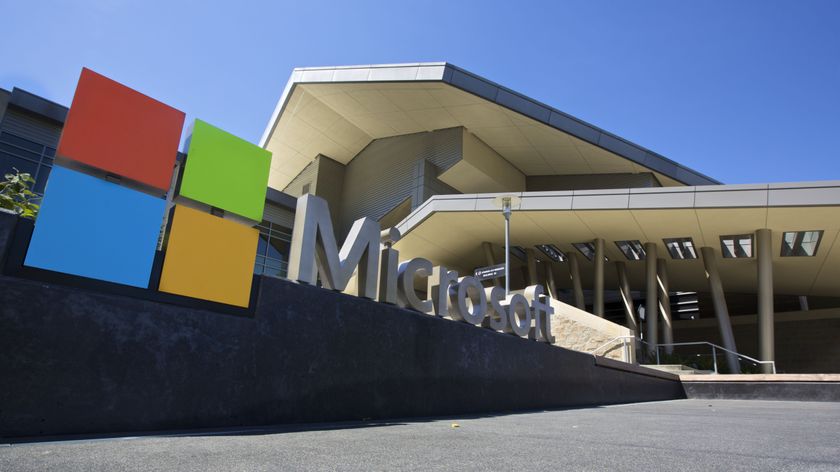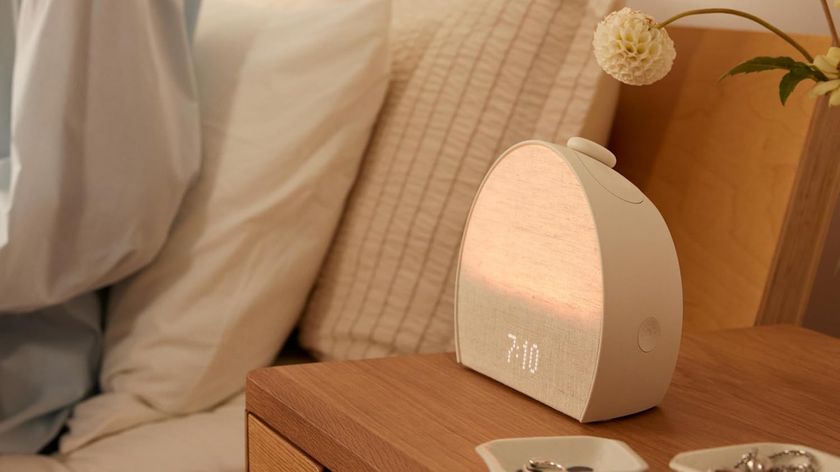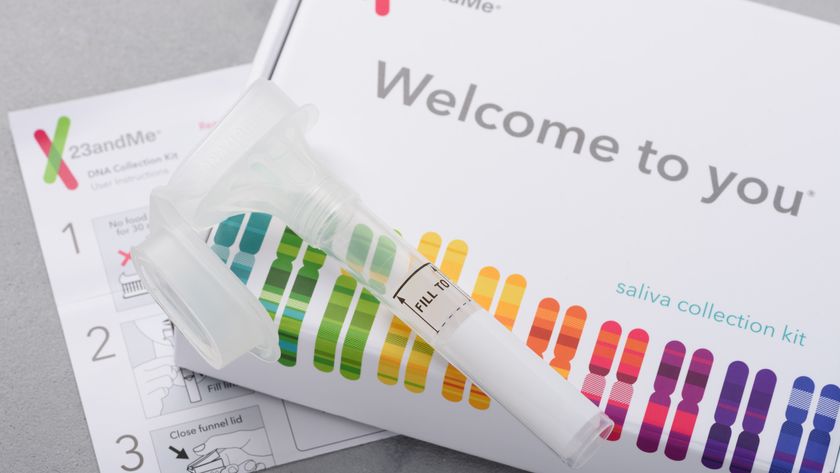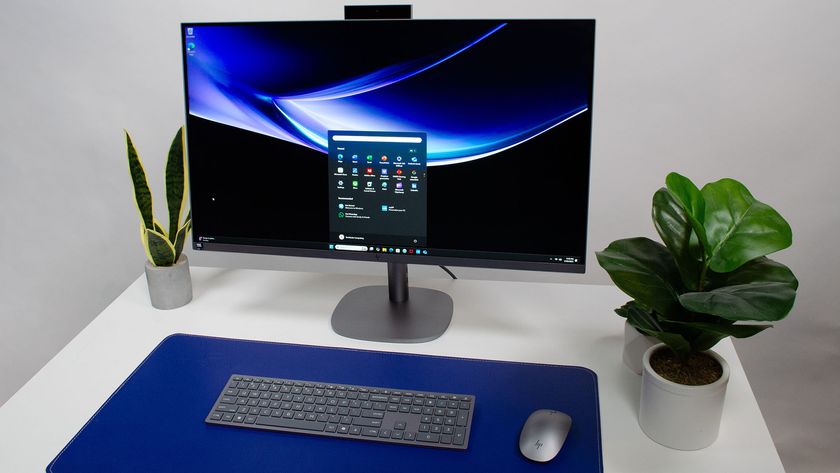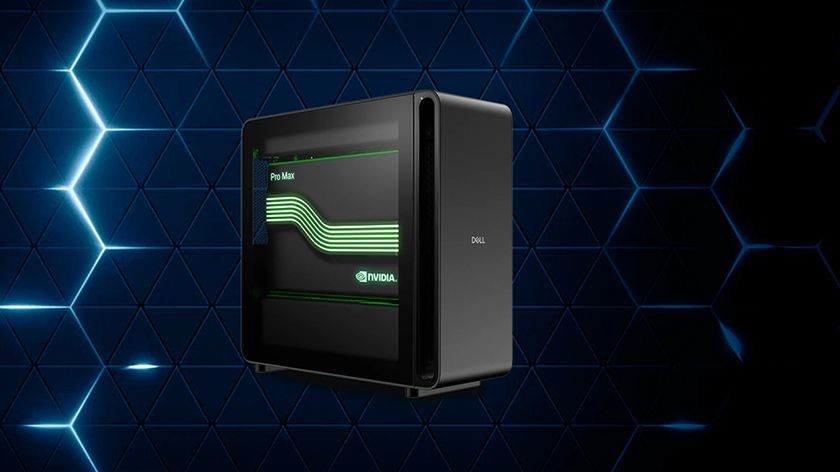Build the best video editing PC possible for £500
Get yourself a powerful yet wallet-friendly Intel or AMD video editing rig
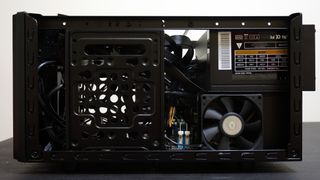
Introduction
Despite all the buzz laptop makers generate about how fantastic their products are, the truth remains that a desktop computer will perform better at video editing and most resource hungry tasks than its portable counterpart at any given price point.
There are a couple of reasons for that: A desktop PC is not constrained as much as a laptop by power or space limitations, and while the desktop market might be contracting, it is still bigger than the laptop one. Bigger markets usually translate into cheaper component prices.
That said, the dilemma concerning whether to build or buy your next rig remains. Again, there are a few good reasons to actually buy a computer for video editing purposes, believe it or not, even if you're a seasoned veteran.
Check out our list of best free video editing software
You save time, reduce the risk of frying components (or slicing open your finger), you often get a "free" operating system, it cuts the risk of running into incompatibilities (aka hardware gremlins) and you often only need to deal with one shop (rather than a fair few).
Today though, we're on a mission to build you the best rig for £500 (around $740, or AU$1070), give or take £5. Ready?
Let's start by using components that will be common to both AMD and Intel processor bundles. They are likely to be the ones you would reuse if you were to upgrade your workstation. As a rule of thumb, you should always start with the components that could be recycled.
And one final note – for the sake of simplicity, with this article, we have assumed the following:
- You know how to build a PC
- You have the necessary bits and equipment to build one
- You have an OS to hand
- You don't want to overclock at this stage
- You have the other necessary peripherals (mouse, keyboard, monitor, cables etc)
- You plan to recycle some components (fans, optical drive etc)
- Note that prices are correct at the time of publishing and may fluctuate
- Prices are likely to be different depending where you buy
- We strongly advise you to research further when choosing your components as incompatibilities and other issues may crop up
Also, while you're here, you might want to check out How to buy a PC for editing video and photos and our free video editing software packages.
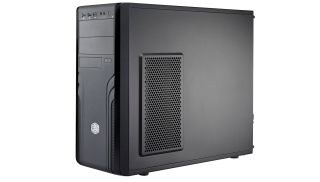
Cooler Master case and PSU
For the case and PSU, we've gone for a Cooler Master CM FORCE 500 (£49.98). That's a great price for a mid-tower from a reputable brand and one that comes with a 120mm fan to boot. It supports USB 3.0 and has a lot of features that will make DIYers jump for joy — like tool-free access for ODD (optical disc drive), accessories and HDD.
Note that it also comes with a 500W Elite PSU. Sure, you can buy a cheaper brand but as many experienced builders will tell you, when it comes to power supply units, you get what you pay for.
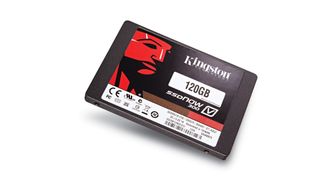
Storage and memory
As for the storage, we will combine two 120GB Kingston V300 solid state drives at £39.99 each in RAID-0 and use them as a virtual 240GB system drive to achieve blistering fast speeds for your applications and operating system. The drives might not be the cheapest – a single 240GB SSD will cost less – but it is the combination of the pair to provide much better performance that we're aiming to achieve.
Couple that with a 2TB hard disk drive, like the Seagate Barracuda, for backup purposes and you will have a decent storage subsystem. That particular model, at £54.99, comes with 64MB cache and a 7200RPM spinning speed. For the memory, we opted for Crucial's 16GB (2 x 8GB) DDR3 1600MHz CL9 Ballistix memory modules which come with integrated heat spreaders and carry a lifetime warranty. Two sticks cost £63.27.
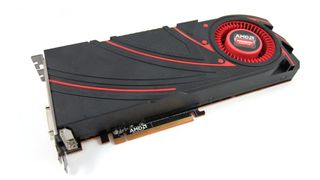
Graphics card
Unlike a gaming PC, the graphics card in a video editing rig is not the absolute priority and because of our tight budget, the two video cards we've shortlisted cost less than £40. The XFX R7 240D Core is a £38 low profile graphics card while the Asus GT 730 Silent is a £35 model from the green team.
Either should provide adequate performance, even allowing you to dabble in some light gaming, should you fancy it. Both have three connectors (DVI, HDMI and VGA) which will be enough if you're planning to work at full HD resolution, but not above that. If you want to experience and experiment with 4K, then the £52 Zotac GT730 is a solid model to start with.
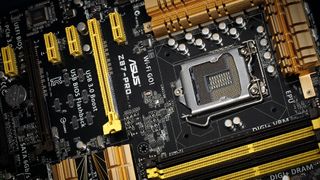
CPU and motherboard
So, assuming that you went for the cheapest option on each round thus far, you will have a grand total of £217 to spend on your processor and motherboard, give or take a few pounds. Should you opt for AMD, our preferred solution would be the FX 8370 (£156.56) combined with the MSI 970A-G43 motherboard (£53). The latter is one of the cheapest quality AMD AM3+ motherboards around while the FX 8370 is the most powerful AMD CPU I found that came with a stock heatsink fan.
Those wanting to jump on the Intel bandwagon can get the Core i5 4690 (£171.65) plus the Asus H81-Plus motherboard (£51.12). Those looking for legacy ports will be glad to learn that this motherboard comes with a few of them (PS2, DSub, Parallel and serial connectors).
Also, why not read the following features related to building your own PC:

Désiré has been musing and writing about technology during a career spanning four decades. He dabbled in website builders and web hosting when DHTML and frames were in vogue and started narrating about the impact of technology on society just before the start of the Y2K hysteria at the turn of the last millennium.







